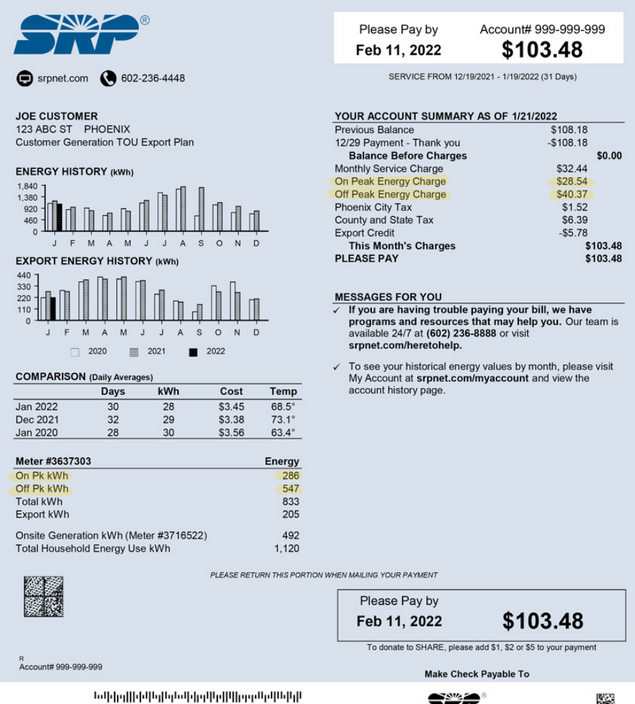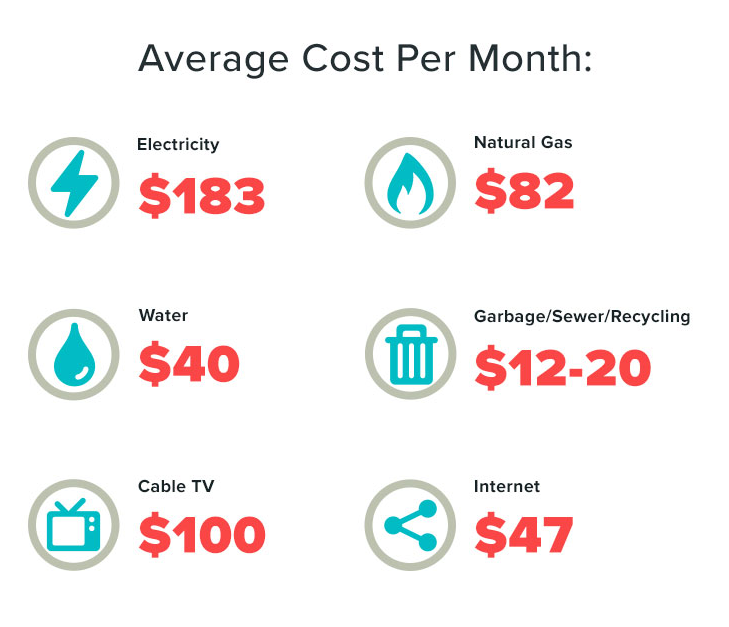Average Electric Bill In Arizona During Summer
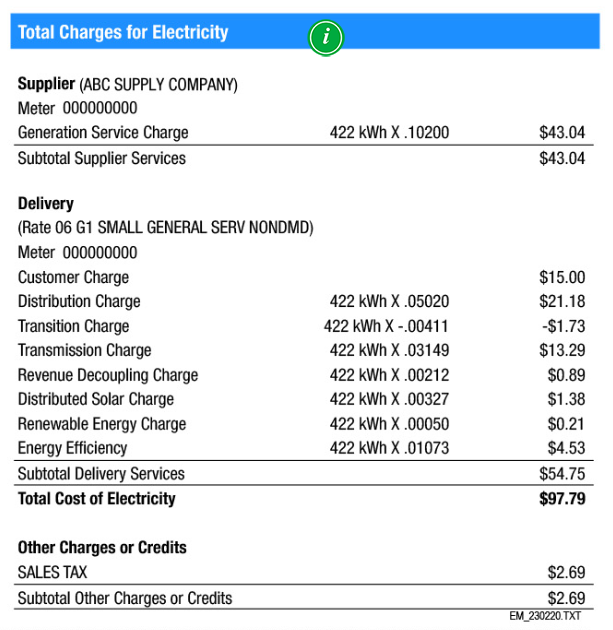
The Arizona sun, a source of life and iconic imagery, becomes a formidable adversary during the summer months. Scorching temperatures drive residents indoors, cranking up air conditioners and sending electric bills soaring to alarming heights.
For many households, summer in Arizona means bracing for a significant financial hit, forcing difficult choices between comfort and affordability.
The average Arizonan family is left grappling with how to manage the energy burden that summer brings.
The Nut Graf: Understanding Arizona's Summer Electricity Costs
This article delves into the average electric bill in Arizona during the summer, examining the factors contributing to high costs, providing a breakdown of typical expenses, and offering strategies for residents to mitigate their energy consumption. We will explore data from Arizona utilities, government agencies, and consumer advocacy groups to paint a comprehensive picture of the financial strain Arizonans face.
Furthermore, we will present solutions from energy experts and insights into potential policy changes that could offer long-term relief.
The goal is to provide actionable information for residents seeking to navigate the challenges of summer energy bills in the Grand Canyon State.
Drivers of High Electricity Bills in Arizona
Arizona's extreme heat is the primary driver of high electricity bills during the summer. As temperatures consistently climb above 100 degrees Fahrenheit, air conditioning units work overtime to maintain comfortable indoor environments.
This relentless demand places significant strain on the state's power grid and directly impacts residential energy consumption.
Beyond the heat, several other factors contribute to the issue. These include aging infrastructure, inefficient appliances, and a housing stock that may not be adequately insulated against the desert climate.
Average Summer Electric Bill: Data and Estimates
Determining a precise "average" electric bill is complex, as it varies widely based on household size, dwelling type, energy usage habits, and utility provider. However, several sources provide valuable estimates.
According to recent data from the U.S. Energy Information Administration (EIA), Arizona residents typically see a significant increase in their electricity bills during the summer months, with some sources estimating average bills exceeding $300 per month, but this value may vary.
Arizona Public Service (APS), the state's largest utility, offers resources on their website to help customers understand their energy consumption patterns and compare their usage to similar households. These tools can help individuals gauge how their bills stack up against the average.
Rural Electric Cooperatives may experience different average rates due to infrastructure costs in these regions.
Impact on Low-Income Households
The financial burden of high summer electric bills disproportionately affects low-income households in Arizona. For families struggling to make ends meet, an unexpected surge in energy costs can lead to difficult choices between paying for electricity, food, or other essential needs.
Several programs exist to provide assistance, such as the Low-Income Home Energy Assistance Program (LIHEAP), but demand often exceeds available funding. This leaves many vulnerable families facing potential shutoffs and accumulating debt.
The lack of energy efficiency in older, low-income housing further exacerbates the problem.
Strategies for Reducing Energy Consumption
Fortunately, there are steps Arizona residents can take to mitigate their energy consumption and lower their bills. Simple measures such as setting thermostats at higher temperatures when away from home, using fans to supplement air conditioning, and sealing windows and doors can make a noticeable difference.
Investing in energy-efficient appliances, like those with the Energy Star label, can also yield long-term savings. APS and other utilities often offer rebates and incentives for upgrading to more efficient appliances.
Homeowners can also consider more significant investments, such as improving insulation, installing solar panels, or replacing old windows with energy-efficient models. Though these options require upfront costs, they can significantly reduce energy bills over time.
Utility Programs and Assistance
Arizona utilities offer various programs to assist customers in managing their energy bills. APS, for instance, provides budget billing options that spread costs evenly throughout the year, preventing dramatic spikes during the summer months.
They also offer energy audits to identify areas where customers can improve their energy efficiency. These audits often provide customized recommendations and access to rebates for eligible upgrades.
Furthermore, programs such as Project SHARE provide financial assistance to customers facing hardship, helping them to pay their energy bills during times of crisis. Salt River Project (SRP), another major utility, offers similar programs and resources to its customers.
Looking Ahead: Policy and Innovation
Addressing the challenge of high summer electric bills in Arizona requires a multi-faceted approach that includes policy changes, technological innovation, and increased public awareness. Expanding access to energy efficiency programs for low-income households is crucial.
Investing in renewable energy sources, such as solar power, can reduce reliance on fossil fuels and help stabilize energy prices. Promoting the development of smart grids and energy storage technologies can also improve grid efficiency and reliability.
Furthermore, educating consumers about energy conservation strategies is essential to fostering a culture of responsible energy consumption.
By working together, policymakers, utilities, and residents can create a more sustainable and affordable energy future for Arizona.
Conclusion
Summer electric bills in Arizona are a significant financial burden for many residents, particularly those with low incomes. While the extreme heat poses a considerable challenge, various strategies and programs are available to help mitigate costs.
By taking proactive steps to reduce energy consumption, utilizing utility assistance programs, and advocating for policy changes, Arizonans can navigate the challenges of summer and work towards a more affordable and sustainable energy future.
Ultimately, addressing this issue requires a collaborative effort to ensure that all residents have access to reliable and affordable electricity, even during the hottest months of the year.
![Average Electric Bill In Arizona During Summer What Is The Average Electric Bill in Arizona [2024 Updated] - Jackery](https://cdn.shopify.com/s/files/1/0970/9262/files/average_electricity_bill_of_arizona_vs_overall_usa.png?v=1712456562)
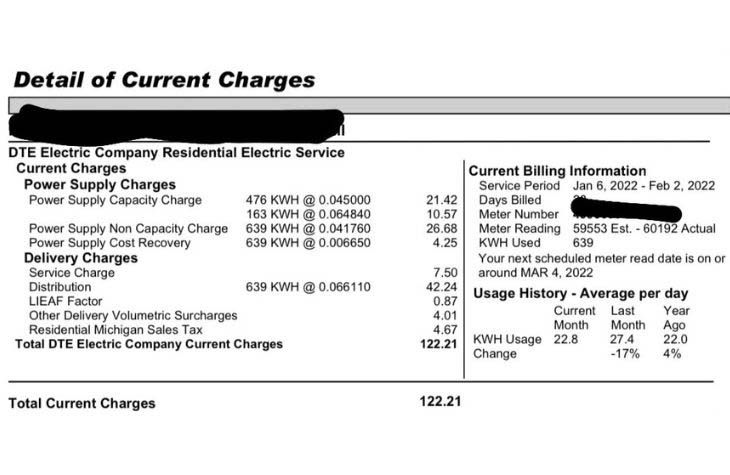

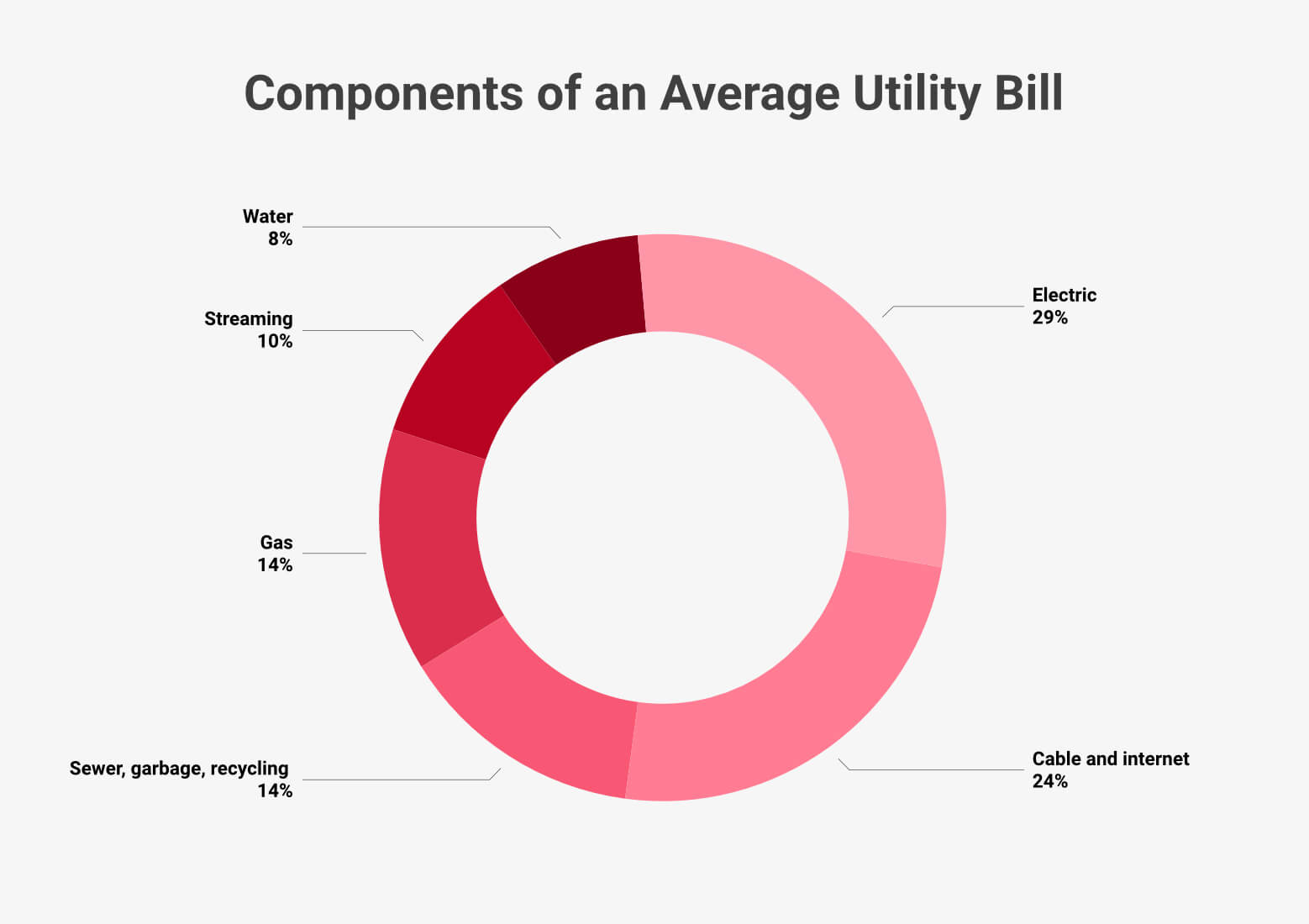
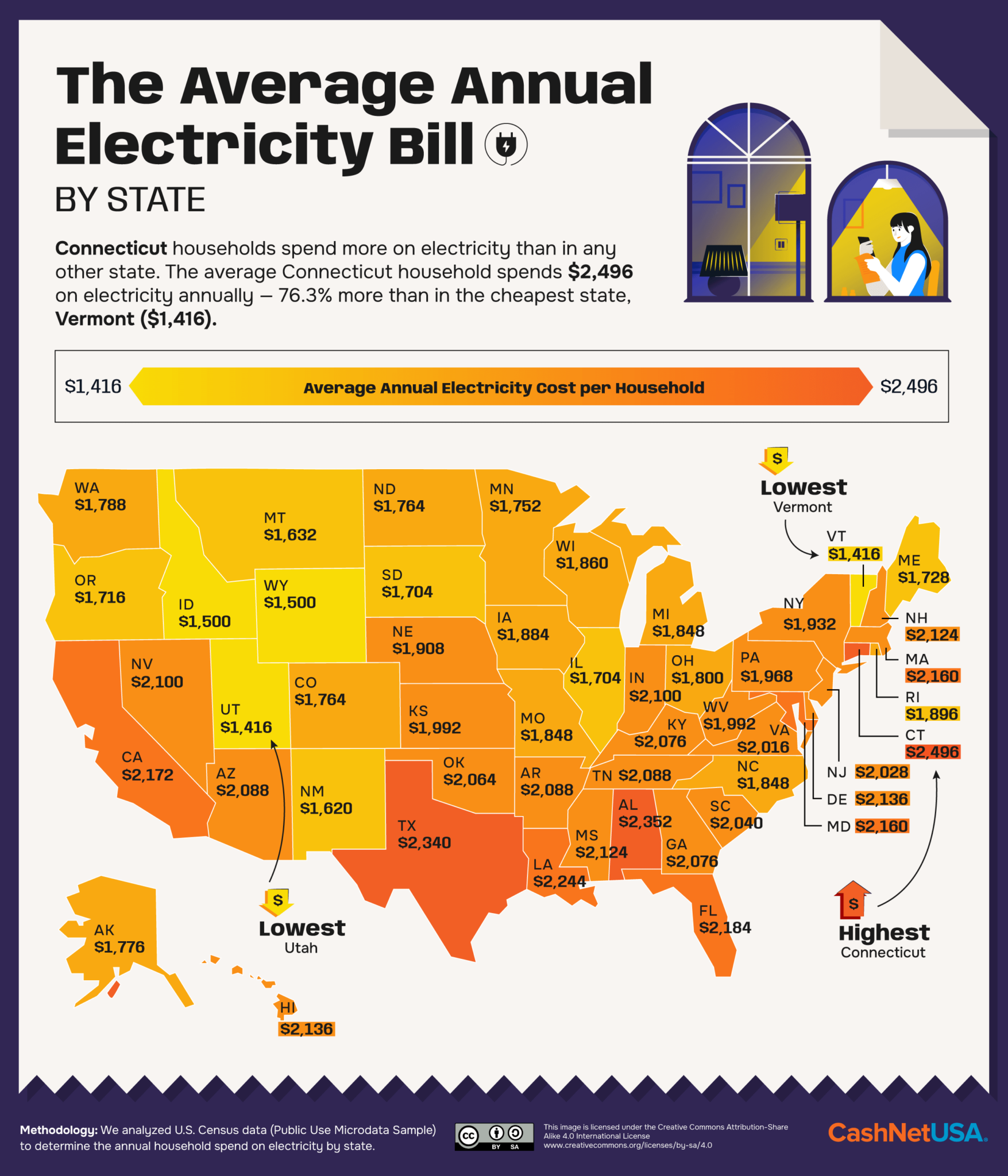
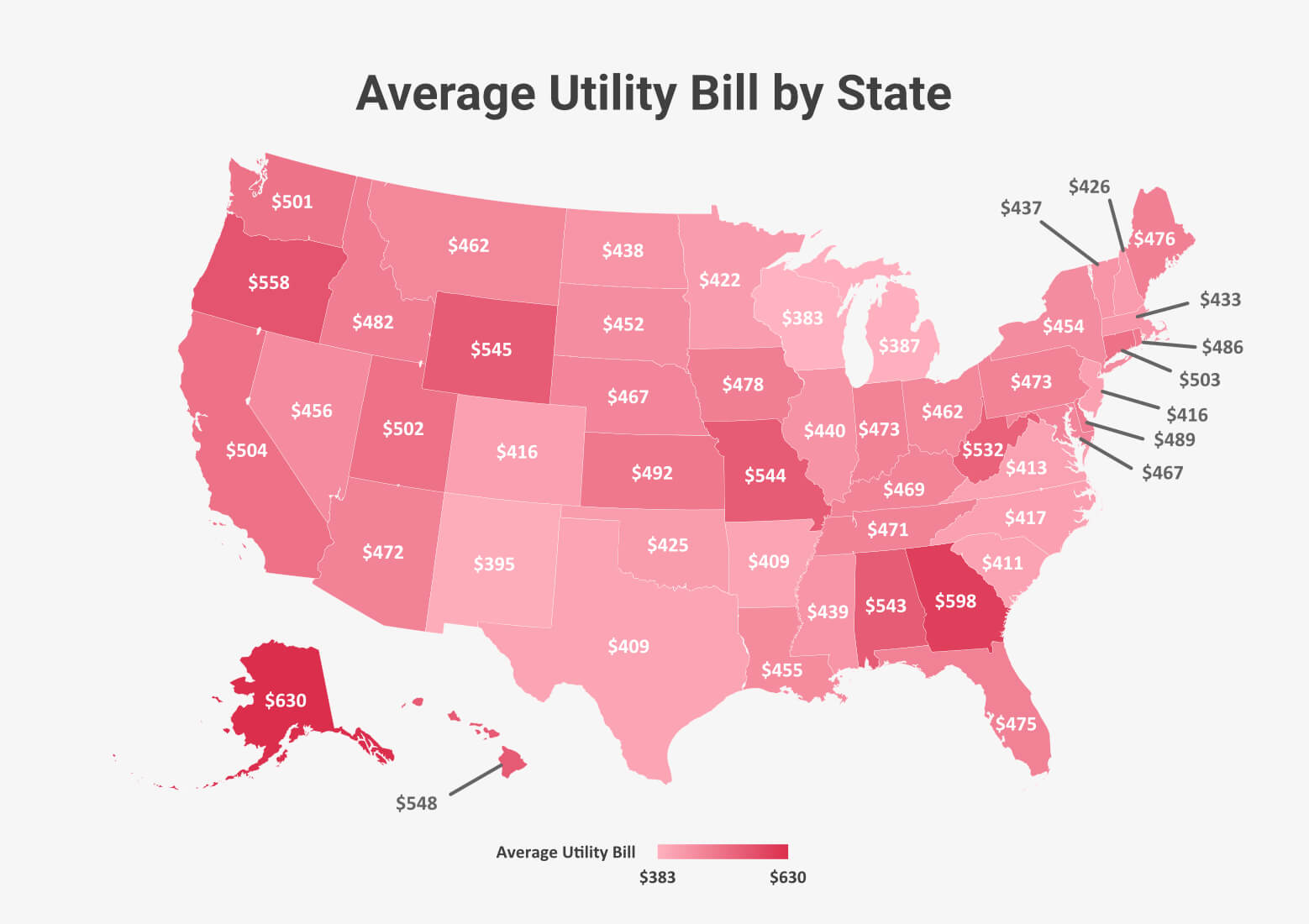

![Average Electric Bill In Arizona During Summer Average Electric Bill by State [2023] | Credit.com](https://www.credit.com/blog/wp-content/uploads/2024/10/average-monthly-electric-bill-by-state.png)
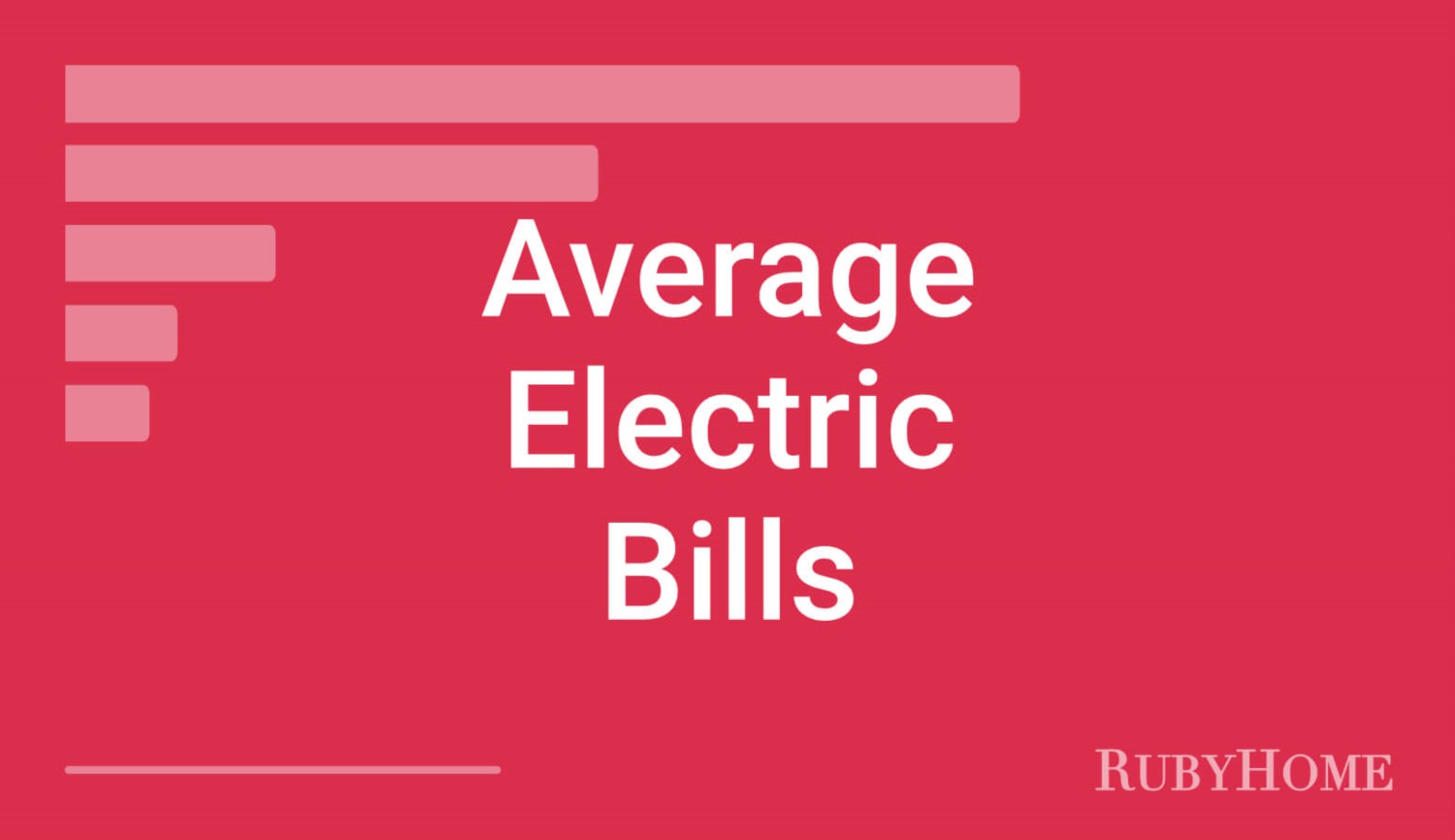

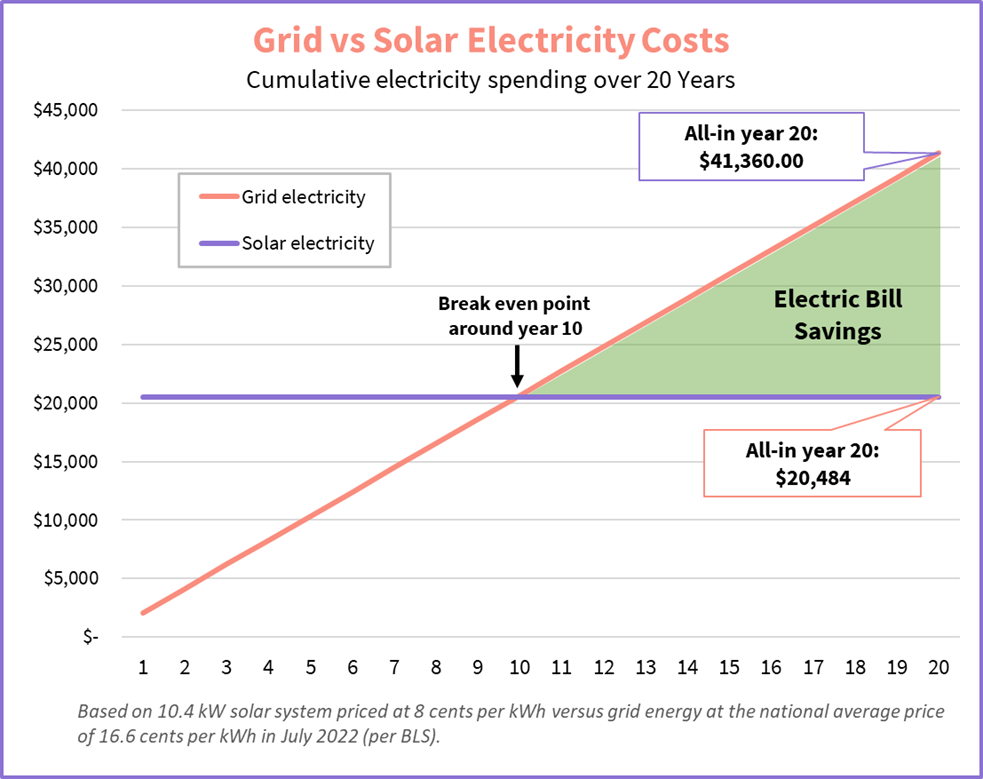
![Average Electric Bill In Arizona During Summer Average Electric Bill by State [2023] | Credit.com](https://www.credit.com/blog/wp-content/uploads/2024/10/average-electric-bill-cost-600x271.png)
.png)

